The latest progress achieved by Dr. Li Chao’s research team from the School of Life Sciences of ECNU was published in Science on April 9.
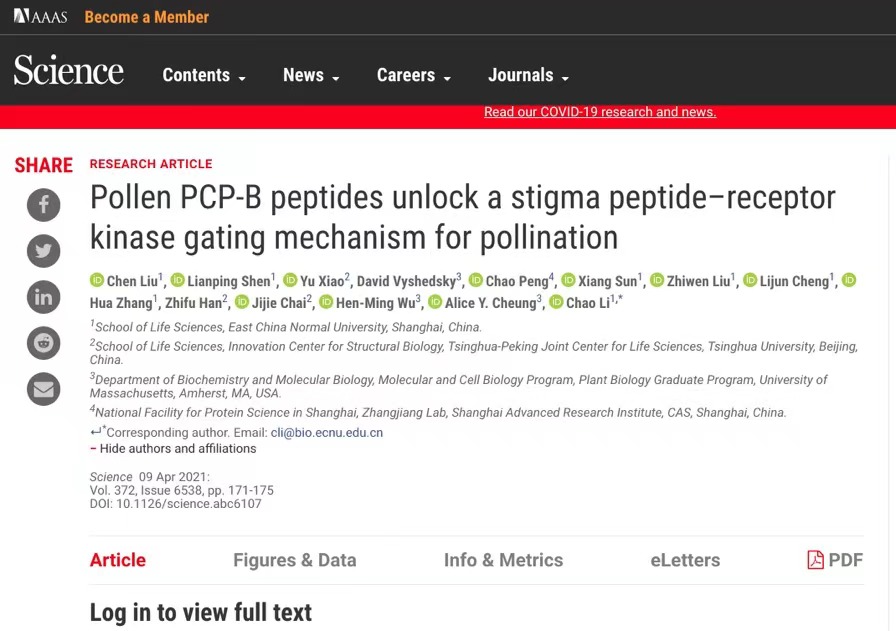
The research, focusing on Arabidopsis, an important model plant of Brassicaceae, revealed the molecular mechanism for pollen-stigma mutual recognition, so as to understand the fundamental mechanism that flowering plants can recognize the pollen of their own species and reject the pollen of other species in the field of plant reproduction and development.
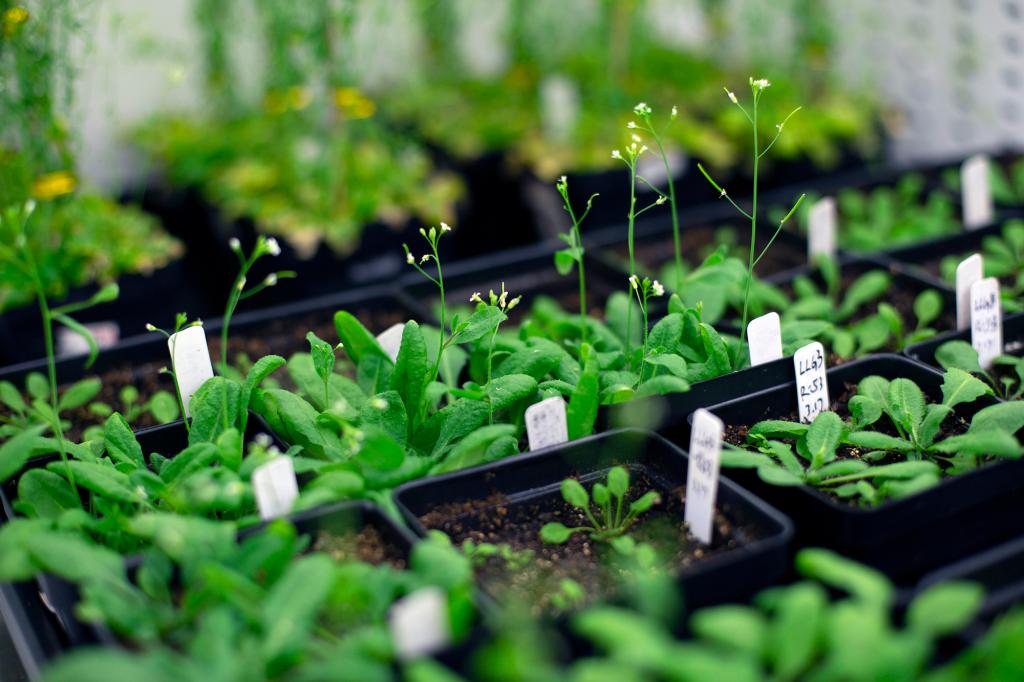
Arabidopsis
“The pollens repress the production of reactive oxygen species (ROS) maintained by the stigmatic RALF33—FER/ANJ receptor kinase signaling pathway by competing for the stigmatic RALF33 peptides with its POLLEN COAT PROTEIN B-class peptides (PCP-Bs), thus affecting pollen hydration.”
This conclusion was reached by the research team led by Li Chao after four years of study.
Breaking new ground and integrating two key clues
The genetic mechanism of plants ensures the specificity of different species. In other words, the pistil stigma receives the pollen of the same species only, allowing germination and fertilization, while the key to this genetic mechanism lies in the information exchange principle of the mutual recognition between pollen and stigma.
Therefore, the research team has established a set of experimental systems to study the stigma-pollen interaction, including the precise pollen hydration observation system, the detection system of the reactive oxygen species in stigma papilla cell, and a variety of biochemical experimental systems to study the competition of peptides for receptor kinase.
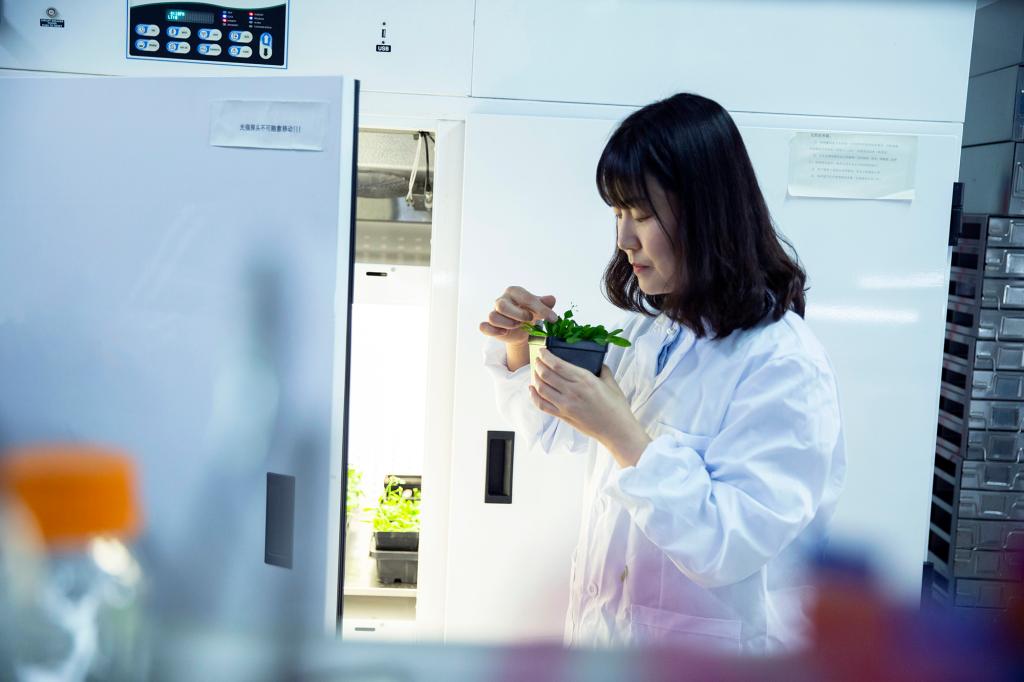
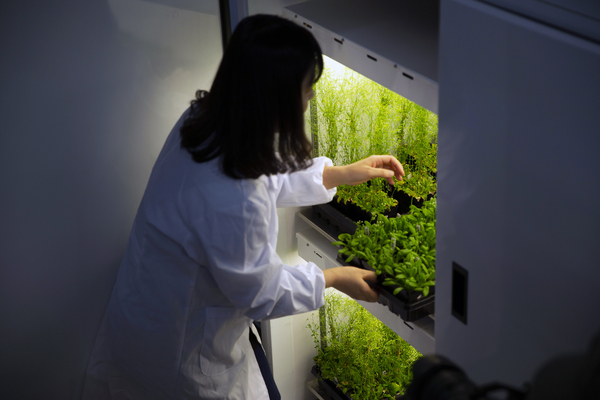
Plant samples processed by researchers
Like other international research groups in search of stigmatic receptors, the researchers initially assumed that the mutation in the stigmatic receptor genes for pollen would result in a phenotype of reduced pollen hydration rate. However, the research results were just the opposite. It was found that FER/ANJ mutants showed a phenotype of accelerated pollen hydration rate.
“After integrating the two clues that FER/ANJ receptor kinase signaling pathway regulates reactive oxygen species and that pollination reduces reactive oxygen species of stigma papilla cells, we thought out of the box with a different perspective and discovered the most important solution, thus figuring out the mechanism of pollen recognition through inhibition of stigma receptor kinase signaling pathway.” Dr. Li also said, “In the end, we find that the receptor kinase senses and switches between small peptide ligands of various types, soas to accurately regulate the stigmatic recognition of pollen.”
Four-year research by an innovative team with anaverage age of 29
In 2016, Dr. Li was supported by the “Two Hundred Talents” project of ECNU to establish an independent research team in the School of Life Sciences. Li lab has been focusing on the molecular mechanism of plantreceptor kinases in plant reproduction and development, including the upstream regulatory mechanism and the downstream signaling pathway of receptor kinases-small peptides.
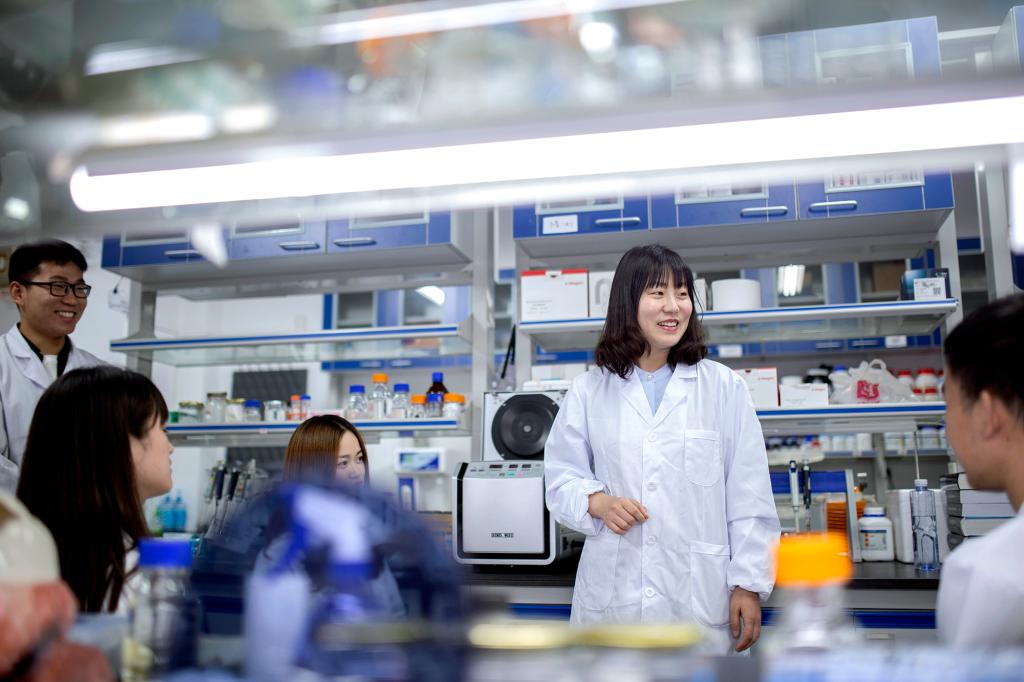
Dr. Li Chao's research team
Progresses have been made in research on the biological processes of pollen-stigma recognition, pollen tube growth, the entry of pollen tube into ovule, etc., with the relevant results published inScience, eLife, Molecular Plantand other well-known international research journals.
Dr. Li, devoting herself to scientific research, has directed the technical details and data processing of each experiment. At the same time, she also provides opportunities for students to develop ideas, encourages them to explore through trial and error and helps analyze their problems in the first time.

Dr. Li Chao
Liu Chen, the first graduate student in Li’s group, experimented with avariety of methods before he decided to adopt micromanipulation and laser scanning confocal microscope for observation. In order to identify the competitive relationship between the two small peptides, the team studied various experimental conditions such as fluorescence labeling efficiency, pH adjustment of the reaction system, and optimal concentration of protein and finally found that there was a direct competitive relationship between PCP-Bpeptides and RALF33 peptides.
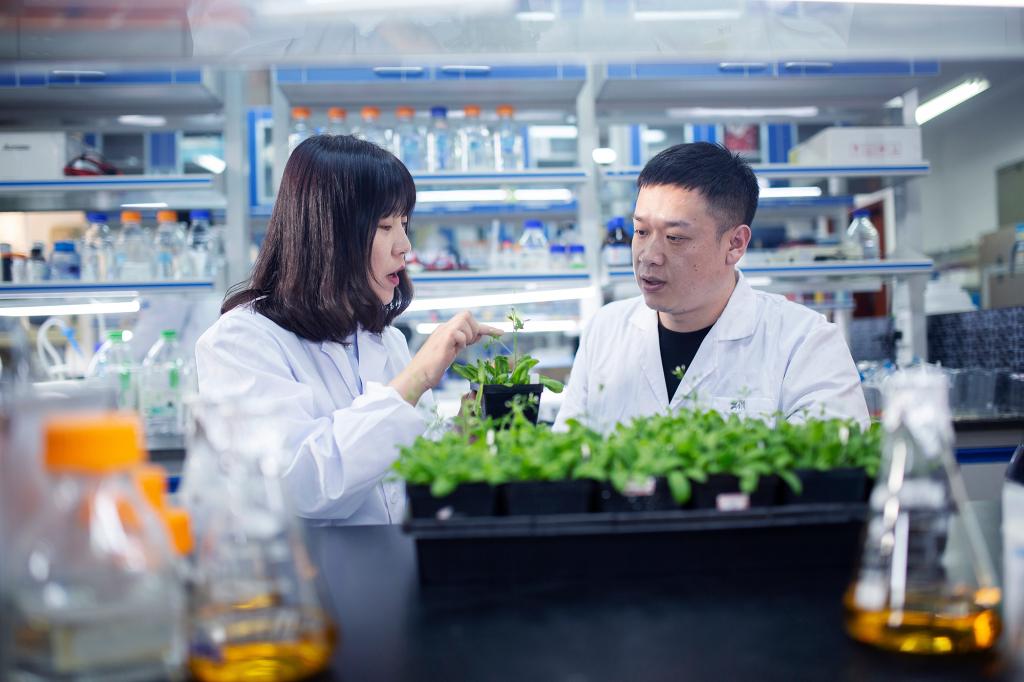
Dr. Li Chao (left)and Liu Chen (right)
In the process of research, this energetic team, with an average age of 29, have worked round the clock and overcome many difficulties encountered during the pandemic, such as the shortage of experimental materials, the short operational cycle of plants and the demanding experimental techniques. As a result, it only took four years for the team to achieve this critical research result.
In addition, during this period, the research team was supported by Prof. Chai Jijie’s research team from Tsinghua University, Prof. Alice Y. Cheung’s research team from the University of Massachusetts and Zhang Jiang Lab of National Center for Protein Science. The research was also funded by the National Natural Science Foundation of China.
Paper link:
https://science.sciencemag.org/content/372/6538/171.full
Source: ECNU School of Life Sciences
Photo by: Chen Ying,Lv Anqi
Copy editor: Philip Nash
Editor: Yuan Yiwei
